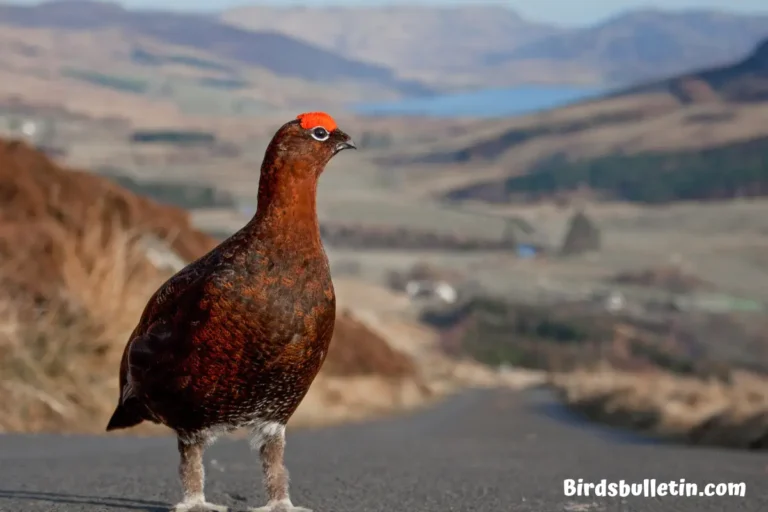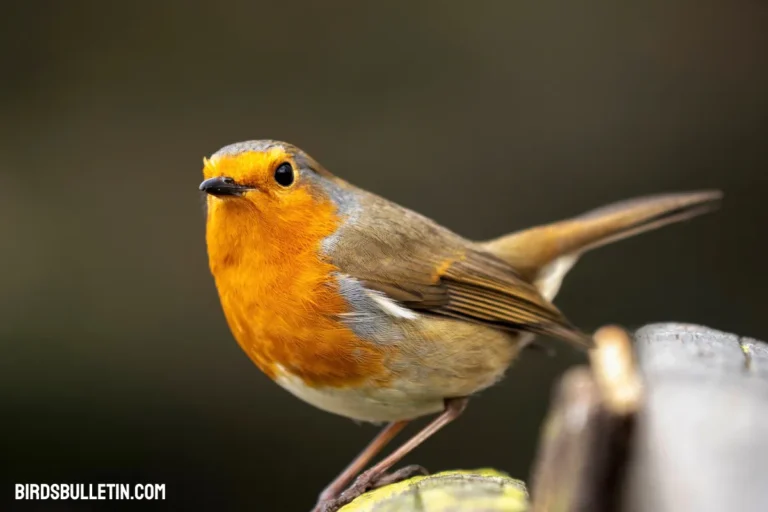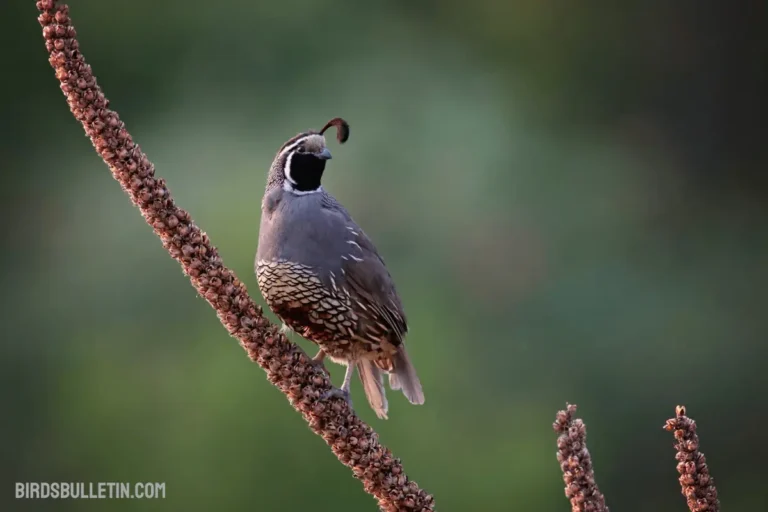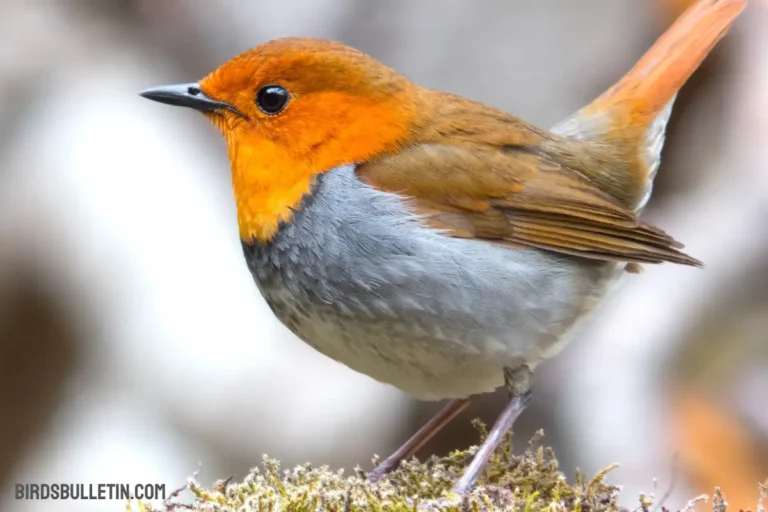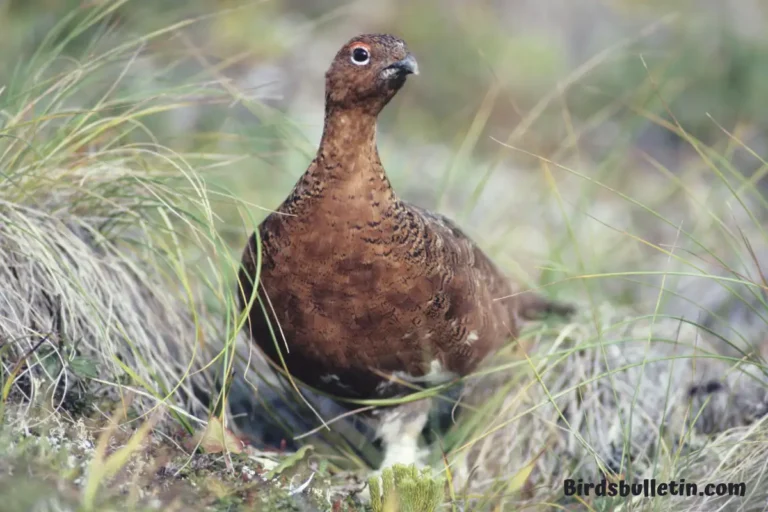Poecile Cinctus Lapponicus (Lundahl, 1848)
The grey-headed chickadee (Poecile cinctus) is a small songbird in the tit family Paridae. There are several subspecies across its wide Holarctic range. P. c. lapponicus, also known as the Lapland chickadee, is a subspecies that inhabits northern Scandinavia and northwestern Russia.
Interested in similar topics on bird subspecies
Scientific Classification
- Kingdom: Animalia
- Phylum: Chordata
- Class: Aves
- Order: Passeriformes
- Family: Paridae
- Genus: Poecile
- Species: Poecile cinctus lapponicus
- Authority: Lundahl, 1848
Identification
P. c. lapponicus is 12-14 cm long with a 18-21 cm wingspan. It has grey upperparts, white underparts, and a black cap and bib. The nape and cheeks are white. It has a short black bill and black legs.
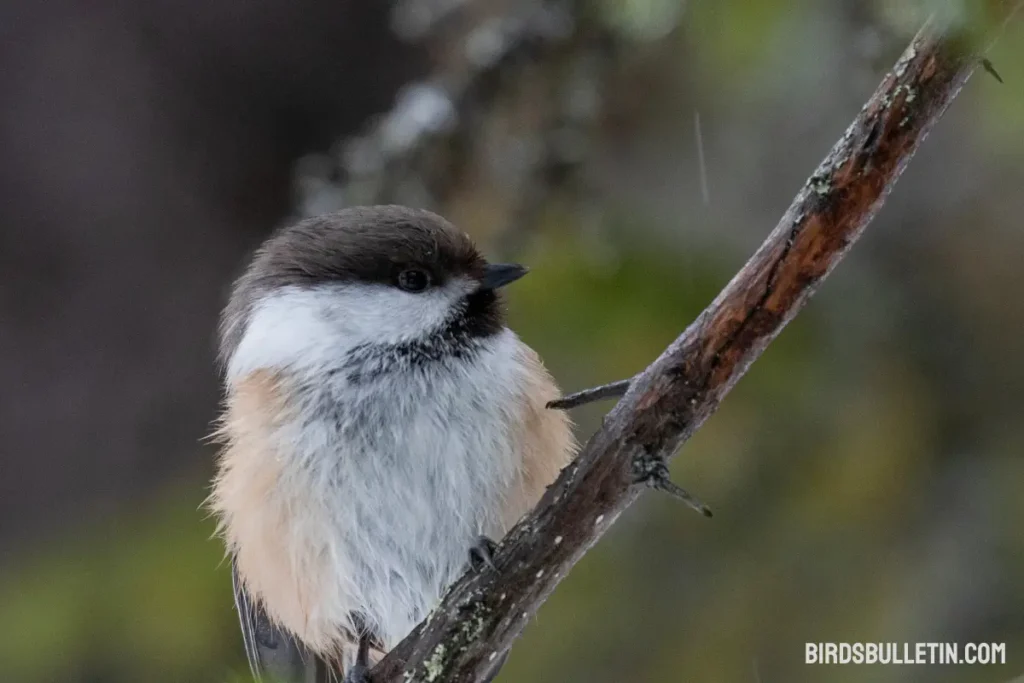
The male and female are similar in appearance. Compared to other chickadee subspecies, P. c. lapponicus is paler grey above and whiter below.
Location
The breeding range of the Lapland chickadee extends through northern Norway, Sweden, Finland, and northwest Russia.
It is mostly non-migratory but northern populations may move south in winter while southern populations are permanent residents. Its habitat is boreal forests dominated by spruce, pine, and birch.
Interesting Facts
- Lapland chickadees eat insects, seeds, and berries. A large part of their diet is caterpillars.
- They can excavate their own nest cavities in soft or decaying wood but also readily use old woodpecker holes.
- Lapland chickadees may cache food to eat later. Their spatial memory allows them to find thousands of cache sites over many months.
- Their familiar “chick-a-dee-dee” call is used to maintain contact and signal alarm. Other vocalizations include a whistled song.
- They are very tame and curious birds who may investigate humans who stand still.
Conservation Status
The Lapland chickadee has an extensive range and large population with no imminent threats, so the IUCN Red List classifies it as a species of Least Concern. Logging is increasing across its boreal forest habitat but chickadees are adaptable to some habitat disturbances provided sufficient forest remains.
Frequently Asked Questions
01. What do Lapland chickadees eat?
Lapland chickadees are omnivores, eating both plant material and animal prey. Caterpillars and other insects make up a major part of their diet. Seeds and berries are also eaten, especially in winter.
02. Where do they nest?
Lapland chickadees nest in tree cavities, naturally occurring or old woodpecker holes. They excavate their own nest sites in decaying stumps or dead wood when natural sites are not available.
03. Why are they important?
Lapland chickadees play an important ecological role. They prey on insects like caterpillars and aphids, controlling pest populations. They also distribute seeds of berries and conifers. Their excavated nest holes provide habitat for other secondary cavity nesters.
Summary
The Lapland chickadee is a small grey and white songbird that lives in northern boreal forests. It breeds across Scandinavia and northwestern Russia. Chickadees are known for their acrobatic ability, friendliness towards humans, and “chick-a-dee-dee” call.
They play an important role in distributing seeds and preying on insects within its subarctic ecosystem. While adaptable to some habitat changes, the conservation of remaining old-growth boreal forests is important for this and other northern species.


